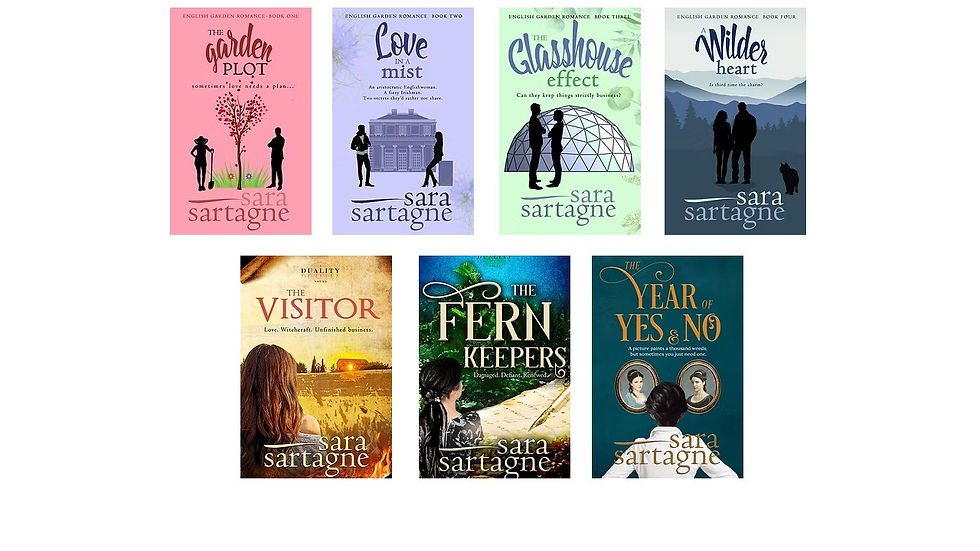Getting ensnared in multiple story-threads
- Allie Cresswell

- Jun 29, 2022
- 2 min read
Personally, I love a book with multiple story-threads, especially when each thread concerns a different character. My ‘Widows’ books are an attempt at this.
A dual time-line story is just as interesting. Excellent examples of these are books by Barbara Erskine , Sarah Maine, Louise Douglas and Nick Alexander.

My new book is a dual timeline story, set partly in the present day and partly in a period spanning approximately a century from 1906.
Dual (or multiple) timelines in books must have something that unites them; either cause and effect - what happens in the earlier period has consequences in the later one - or characters in common. My book has both those things and in addition the two threads are united by their setting. The entire story is set in and around a remote village where a wetland area known as the Moss and a wild stretch of dunes create a sense of bleak isolation.
Both story-threads must be compelling. The writer needs the reader to be engaged in both. My present-day thread has romantic elements, engaging characters and the powerful influence of the landscape. There is also something slightly preternatural about it. The earlier story is a family saga, following the entire lifespan of the the dynasty’s founder, his sons and his sons’ children, proving the truism about “visiting the iniquity of the fathers upon the sons to the third and fourth generation.” (Numbers 14:18)
The two timelines must converge at some point, either actually or thematically, otherwise the reader is given two separate tales. There must be an organic connection between them. This makes pacing quite tricky for the writer. I wanted to bring the two stories closer and closer together until they met in a dramatic finale.
A further complication for me was a disconnect I wanted to introduce. My earlier timeline concerns a family feud and a fatal fire, but the facts of these events are filtered through the imagination of Dee, my protagonist, who is writer of fiction. I wanted to engage the reader in her story whilst, at the same time, suggesting that her interpretation of it was not necessarily true. This partial vision is carried on into the present day thread too. Things happen that she either does not see or does not understand.
There is, I hope, an interesting dimension of cause and effect in the book. Dee writes fiction based on a grain of fact, but as she writes, and as she becomes enmeshed in the community, it seems to her that her fiction is unnervingly close to the truth. What’s more, it sometimes seems to her that things happen as they did because she wrote it so.
The Cottage on Winter Moss is available now in paperback and e-reader formats. Buy the paperback here: From Amazon For Kindle: Amazon US For Nook: Barns & Noble For Kobo Rakuten Kobo







Comments